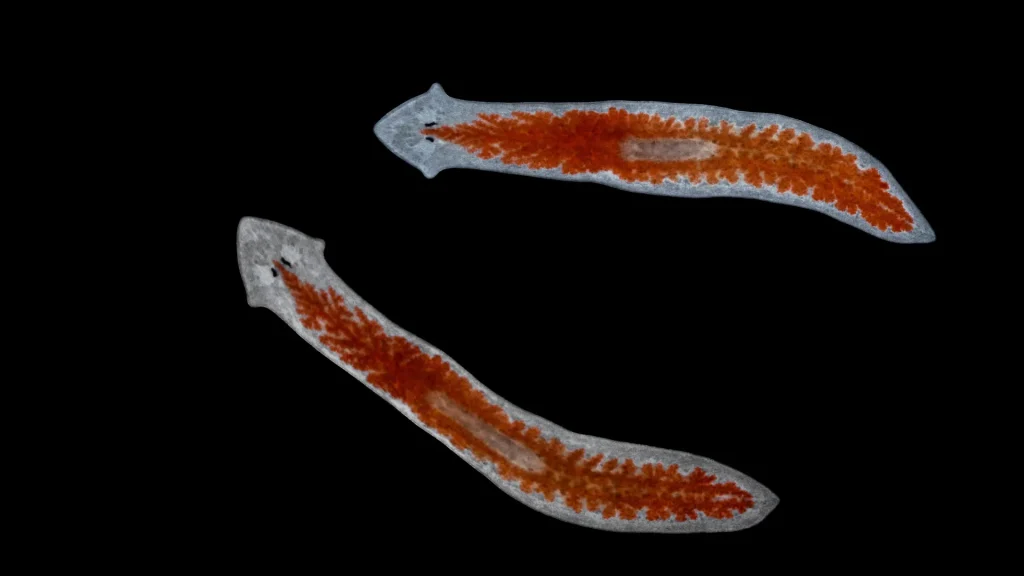
Researchers found that flatworm stem cells act independently, guided by signals from distant cells rather than local neighbors. This could explain their incredible regenerative powers and help inspire new breakthroughs in healing and tissue repair. Credit: Shutterstock
In most animals, stem cells rely on nearby cells to tell them what to do. However, new research from the Stowers Institute for Medical Research shows that flatworm, or planarian, stem cells behave differently. Instead of listening to their immediate neighbors, they take their instructions from cells located farther away in the body. This surprising behavior may explain how flatworms can regrow missing parts so effectively and could reveal new ways to repair or replace human tissues in the future.
The findings, published in Cell Reports on October 15, 2025, come from a study led by Postdoctoral Research Associate Frederick “Biff” Mann, Ph.D., in the laboratory of Stowers President and Chief Scientific Officer Alejandro Sánchez Alvarado, Ph.D. The work challenges a long-held biological principle: that most stem cells live in a fixed “niche,” a physical location where neighboring cells dictate when to divide and what to become.